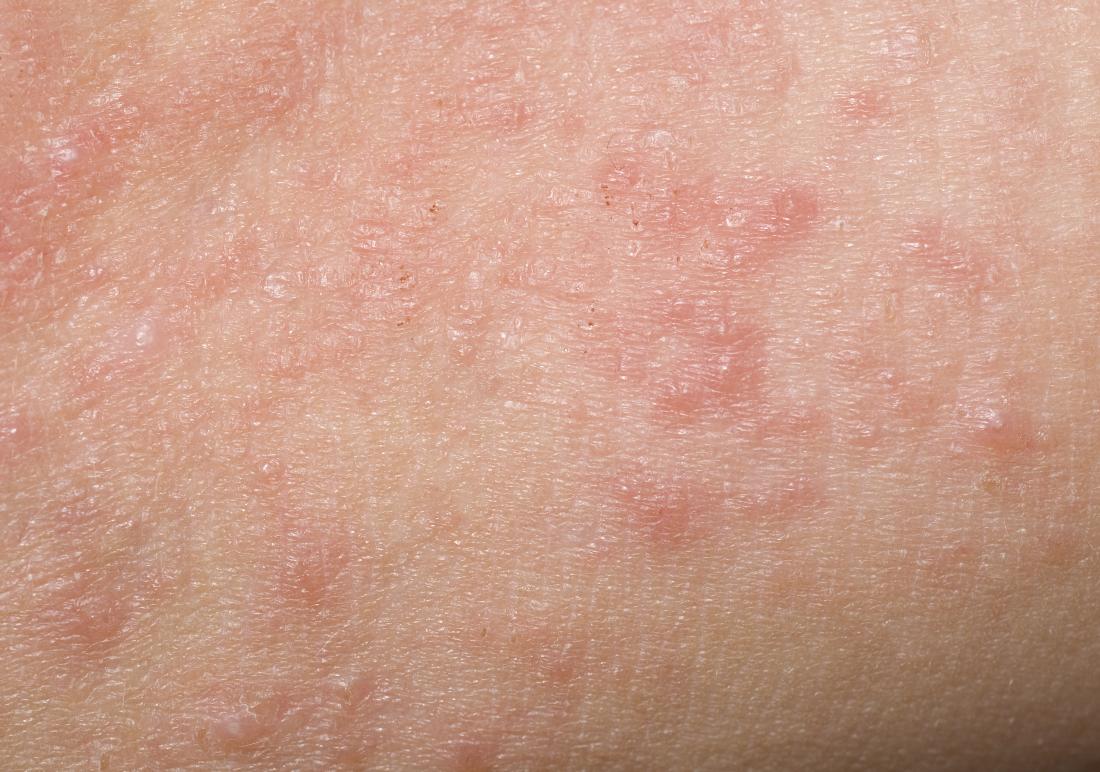Sun's Out, Bumps Out? Decoding Those Tiny Itchy Spots
Have you ever basked in the sun's warm embrace only to be greeted later by a scattering of tiny, itchy bumps? You're not alone! This common skin reaction can put a damper on summer fun. Let's explore what causes these little irritations and how to deal with them.
These small, itchy bumps that sometimes appear after sun exposure are often referred to as polymorphic light eruption (PLE), or sometimes heat rash. While both can cause similar symptoms, they have slightly different triggers. PLE is a reaction to sunlight itself, while heat rash develops when sweat ducts become blocked, trapping perspiration beneath the skin. Both can be incredibly uncomfortable.
Itchy bumps after sun exposure are not a recent phenomenon. People have likely experienced these skin irritations for as long as they've been enjoying the sun. Understanding these reactions is important for protecting our skin, especially with increasing concerns about sun damage and skin cancer.
While these bumps aren’t typically dangerous, they can signal that your skin is sensitive to the sun. Ignoring them might lead to further irritation or even secondary infections if you scratch excessively. Understanding their causes and taking preventative measures can ensure a more comfortable and enjoyable time outdoors.
Knowing how to identify and treat these bumps is crucial. This article will delve into the various aspects of this common skin reaction, providing practical advice for managing and preventing future outbreaks. From home remedies to expert tips, we’ll equip you with the knowledge to keep your skin happy and healthy all summer long.
PLE can manifest in various ways, from small, red bumps to raised blisters or even larger plaques. Heat rash, on the other hand, typically appears as tiny, clear, fluid-filled bumps. Both can be incredibly itchy and uncomfortable.
Unfortunately, there aren't any direct "benefits" to developing itchy bumps after sun exposure. It's a sign that your skin is reacting negatively to the sun or heat. However, recognizing these bumps can be a valuable warning to take better care of your skin and avoid more serious sun damage in the future.
Managing Itchy Bumps: A Step-by-Step Guide
1. Cool the affected area with a cool compress or shower.
2. Apply a soothing lotion or cream, such as calamine lotion or aloe vera gel.
3. Avoid scratching, as this can worsen the irritation and potentially lead to infection.
4. If the itch is severe, consider taking an over-the-counter antihistamine.
5. For persistent or worsening symptoms, consult a dermatologist.
Advantages and Disadvantages of Recognizing Itchy Bumps
| Advantages | Disadvantages |
|---|---|
| Early warning sign for sun sensitivity | Can be uncomfortable and itchy |
| Prompts preventative measures for future sun exposure | May require medical attention in severe cases |
Frequently Asked Questions
1. What causes itchy bumps after sun exposure? Most commonly, it's due to PLE or heat rash. PLE is a reaction to UV light, while heat rash occurs when sweat ducts become blocked.
2. How can I prevent these bumps? Sun protection is key. Use a broad-spectrum sunscreen with an SPF of 30 or higher, wear protective clothing, and seek shade during peak sun hours.
3. Are these bumps contagious? No, they are not contagious.
4. How long do the bumps typically last? They usually resolve within a few days to a week with proper care.
5. When should I see a doctor? If the bumps are accompanied by fever, chills, or severe pain, or if they don’t improve after a week, consult a doctor.
6. Can certain medications make me more susceptible to these bumps? Some medications can increase sun sensitivity. Talk to your doctor about your medications and sun exposure.
7. Are there any home remedies for these bumps? Cool compresses, aloe vera gel, and oatmeal baths can provide relief.
8. Is it okay to use sunscreen if I already have the bumps? Yes, continue using sunscreen to protect your skin from further damage.
Tips and Tricks
Gradually increase your sun exposure to allow your skin to acclimate.
Stay hydrated by drinking plenty of water, especially in hot weather.
Choose loose-fitting, breathable clothing to prevent overheating.
Dealing with tiny itchy bumps after sun exposure can be frustrating, but understanding the causes and taking proactive steps can minimize their impact. By prioritizing sun protection and practicing good skincare habits, you can enjoy the sun’s warmth without the unwelcome itch. Remember to listen to your skin and seek professional advice when needed. Taking these precautions can ensure a healthy and happy relationship with the sun for years to come. Don't let a few little bumps keep you from enjoying the outdoors! Be proactive, be prepared, and enjoy your time in the sun responsibly.
Decoding humana medicare supplement insurance ratings
Unlocking physics mastering power problem worksheets
Elevate your digital sanctuary ultra hd 4k gaming wallpapers














